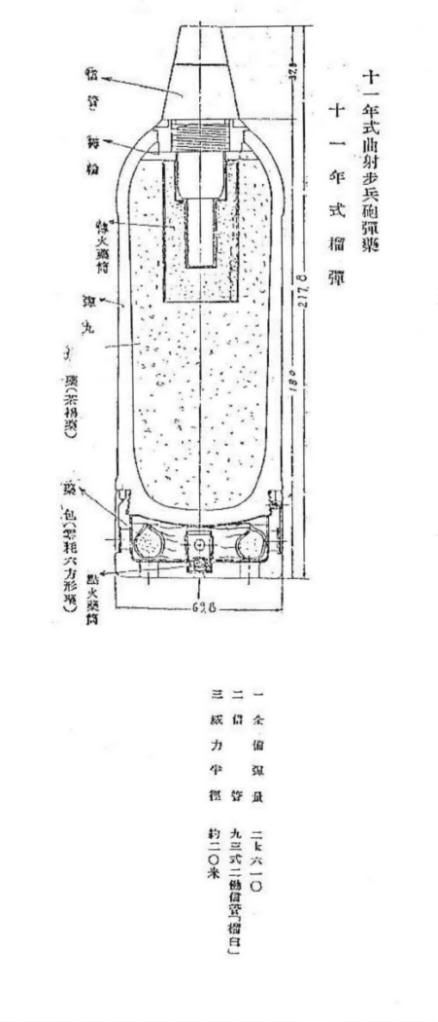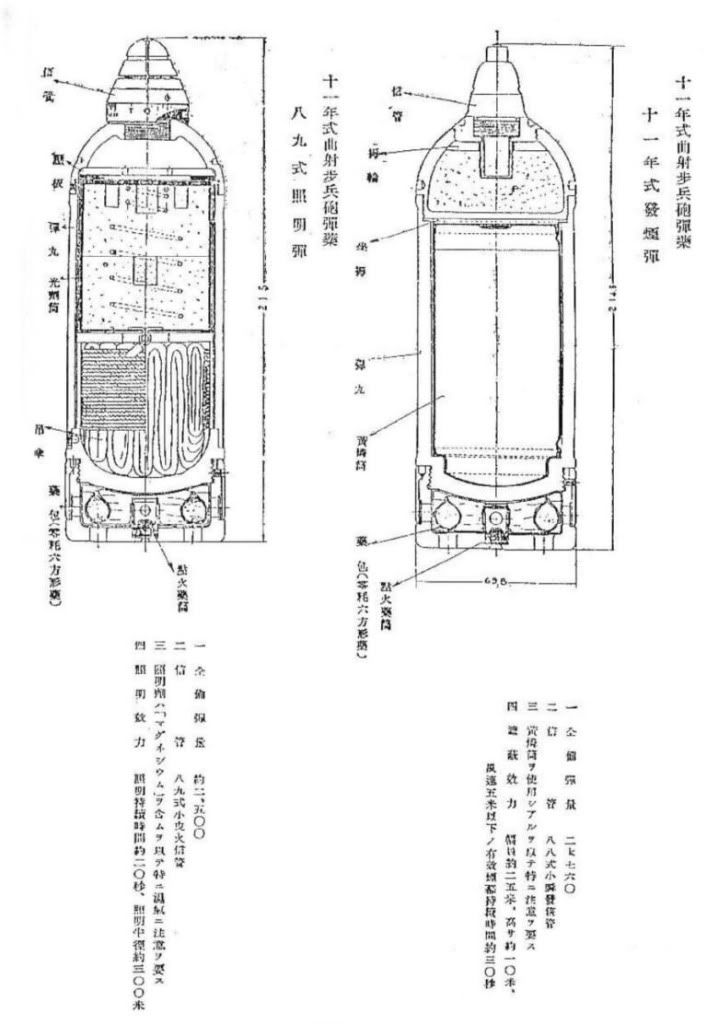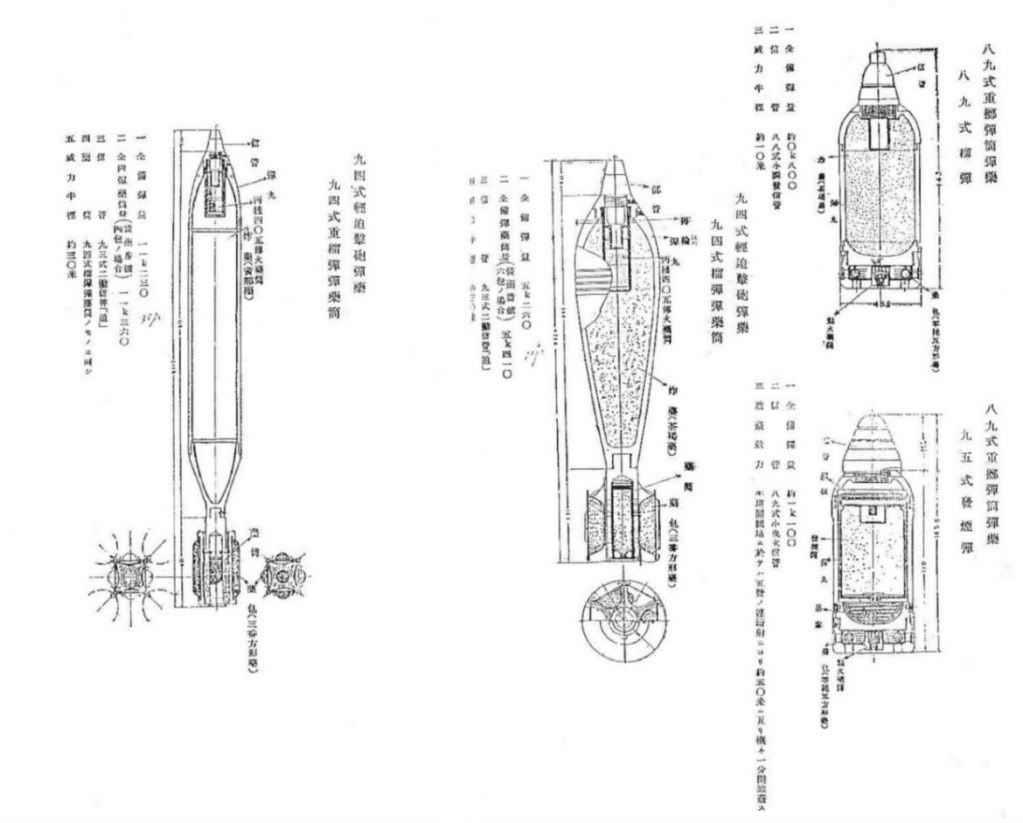Hi guys,
After extensive ploughing through documentation, and pictures of actual specimens, I have put together a debatable theory.
In my opinion, it cannot be dismissed too easily, and when doing true research at times one should step off the beaten track and ask critical questions, otherwise new facts and theories will never evolve.
Having made the above note, please consider a scrutinous dissertation of mine as to a theory I have been developing regarding valid usage of various different types of fuzes on Japanese mortar rounds (particularly on the 81mm mortar rounds).
I pose this at the risk of taking flak, or ridicule even, for it. Yet, I feel these questions need to be posed, and I am anxiously awaiting reactions from those knowledgeable in the area of Japanese ordnance, and/or fuzes. Particularly, I am hoping someone (Mr Fuze, perhaps?) to have sectioned one of (or more) of the Type 88 instantaneous or short delay fuzes that carry the 'Howitzer Mortar' markings on them.
I hope to have tempted all of you enough to indulge in reading the following illustrated dissertation of mine:
http://www.japaneseammunition.com/start.php?main_cat=26&sub_cat=197
Enjoy!
Olafo
After extensive ploughing through documentation, and pictures of actual specimens, I have put together a debatable theory.
In my opinion, it cannot be dismissed too easily, and when doing true research at times one should step off the beaten track and ask critical questions, otherwise new facts and theories will never evolve.
Having made the above note, please consider a scrutinous dissertation of mine as to a theory I have been developing regarding valid usage of various different types of fuzes on Japanese mortar rounds (particularly on the 81mm mortar rounds).
I pose this at the risk of taking flak, or ridicule even, for it. Yet, I feel these questions need to be posed, and I am anxiously awaiting reactions from those knowledgeable in the area of Japanese ordnance, and/or fuzes. Particularly, I am hoping someone (Mr Fuze, perhaps?) to have sectioned one of (or more) of the Type 88 instantaneous or short delay fuzes that carry the 'Howitzer Mortar' markings on them.
I hope to have tempted all of you enough to indulge in reading the following illustrated dissertation of mine:
http://www.japaneseammunition.com/start.php?main_cat=26&sub_cat=197
Enjoy!
Olafo
Last edited:






